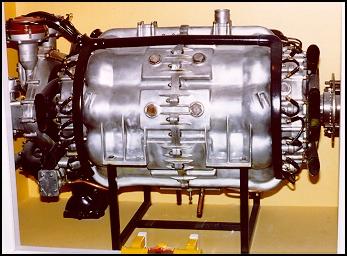PV R&D. Rare.
What UK Aero has never faced is auto industry's £Billions/several years sunk into a new model before sales revenue. Bet the Company.
Sorry, that is absolutely the opposite of how it has been.
As far back as 1911, the industry sent a deputation to Parliament to personally lobby the Secretary of State for War for financial support. He refused, insisting that the industry must finance its own growth and the government would do no more than order any aeroplanes that would suit its needs. It was only the arrival of war which changed that.
In British aero engines, the innovative companies like Rolls-Royce, Bristol, Napier and de Havilland poured all they could find into aero engine development, while independent research consultancies set up by the likes of Harry Ricardo and Frank Halford drew more from the private sector than from government. The sleeve valve developed by Bristol must be the most famous example of the protracted-development private-money pit; it took a decade and nearly broke the company before final success.
As for the protracted-costs myth, in the 1930s Airspeed underwent just such a lengthy period before finally turning a profit on their advanced monoplane transports. Rolls-Royce later poured so much money for so long into the RB-211 three-shaft turbofan that they became insolvent and saw refinancing and changes of ownership before eventually returning to profitability.
Throughout the 1920s and 30s the British aero industry led the world. Postwar we have been right up there in our niches, from the Rolls-Royce Pegasus and Hawker Harrier to Concorde to the B.Ae EAP which defined the Eurofighter Typhoon, and all arose from privately-funded R&D.
Of course we have had our government-funded monstrosities, but I cannot think of a stronger underlying theme to British aviation than the eternal struggle of independent investors betting their shirts and their companies to bring innovative products to market.
When Sandys declined to buy (it was never cancelled)
TSR-2 flew before it was, explicitly, cancelled and the agreed development funding withdrawn.

 en.wikipedia.org
en.wikipedia.org

